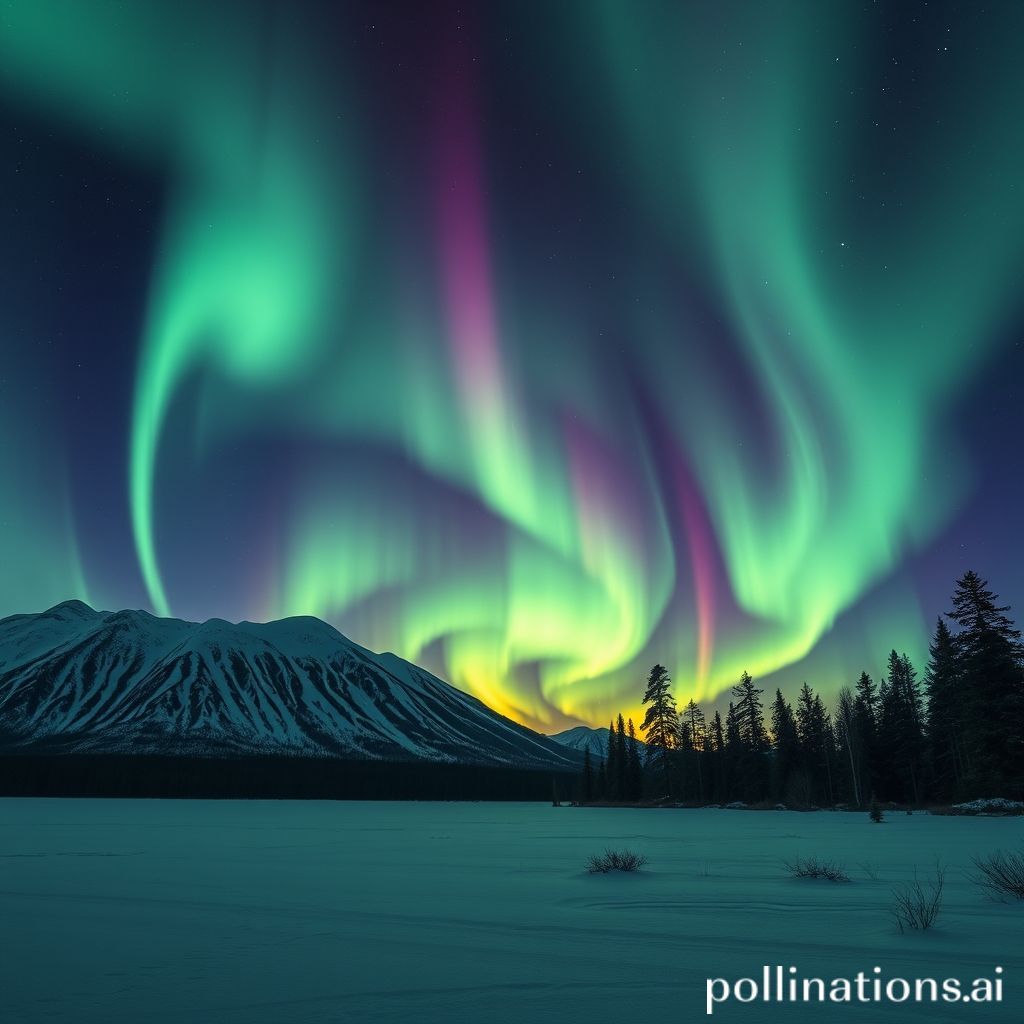
Northern lights may be visible in these states this weekend
Hey Aurora Chasers! Get Ready for a Possible Show This Weekend!
Have you ever dreamed of witnessing the magical dance of the Northern Lights? Well, this weekend might just be your chance! A surge of solar activity is predicted, potentially making the Aurora Borealis visible in states much further south than usual. That's right, even if you're not in Canada or Alaska, you might be able to catch a glimpse of this breathtaking phenomenon.
So, where are we talking about? Let's dive in!
Which States Could See the Aurora?
The Space Weather Prediction Center (SWPC) has issued a geomagnetic disturbance watch, meaning the conditions are ripe for the Aurora to dip southward. While the intensity of the lights can be tricky to predict, here's a breakdown of the states with the highest probability of seeing them:
States with the Highest Chance:
Montana
North Dakota
South Dakota
Minnesota
Wisconsin
Michigan
New York
Maine
Washington
Idaho
States with a Potential Chance (depending on intensity):
Wyoming
Nebraska
Iowa
Illinois
Pennsylvania
Vermont
New Hampshire
Massachusetts
Maryland
Oregon
Keep in mind that these are just predictions, and the actual visibility will depend on the strength of the solar storm and local weather conditions. Clear skies are a must!
Decoding the Geomagnetic Storm: What's Happening Up There?
So what exactly causes this spectacular light show? It all starts with the sun. Solar flares and coronal mass ejections (CMEs) send streams of charged particles hurtling towards Earth. These particles interact with our planet's magnetic field, funnelling them towards the poles. When these charged particles collide with atoms and molecules in the Earth's atmosphere, they excite those atoms, causing them to release energy in the form of light. This light is what we see as the Aurora Borealis (Northern Lights) or Aurora Australis (Southern Lights).
The colors of the Aurora depend on the type of atom being excited. Oxygen produces green and red light, while nitrogen produces blue and purple light. The most common color is green, which is produced by oxygen at lower altitudes.
Maximizing Your Chances: Tips for Aurora Hunting
Okay, you're excited, and ready to go. Here s how to give yourself the best shot at seeing the Northern Lights this weekend:
1. Find a Dark Location: Get away from city lights! Light pollution is the Aurora's worst enemy. The further you are from urban areas, the better your chances of seeing faint auroral displays.
2. Check the Weather Forecast: Clear skies are essential. Clouds will completely block your view of the Aurora.
3. Monitor the Aurora Forecast: Websites like the SWPC (Space Weather Prediction Center) and others listed below provide real time data and forecasts of auroral activity. Keep an eye on the Kp index, which measures the intensity of geomagnetic storms. A Kp index of 5 or higher indicates a good chance of seeing the Aurora.
4. Use a Camera (Even Your Phone!): Modern phone cameras are surprisingly good at capturing the Aurora. Use a long exposure setting to gather more light.
5. Be Patient: The Aurora can be unpredictable. It might appear suddenly and then fade away. Be prepared to wait, and don't give up too quickly.
6. Dress Warmly: Even in the spring, it can get cold at night, especially in northern locations. Layer up!
Aurora Hunting Checklist
| Item | Importance | Description |
| | | |
| Dark Location | Essential | Away from city lights for optimal viewing. |
| Clear Skies | Essential | No clouds to obstruct the view of the aurora. |
| Aurora Forecast | High | Monitor Kp index and real time data. |
| Camera | Medium | To capture the beautiful display (phone cameras work too!). |
| Warm Clothing | High | Dress in layers to stay comfortable in cold temperatures. |
| Patience | High | Aurora appearances can be unpredictable; be prepared to wait. |
| Red Flashlight | Helpful | Red lights preserve your night vision. |
Different Aurora forms and intensities:
| Aurora Type | Description | Visibility |
| | | |
| Diffuse Aurora | Faint, milky glow across the sky. | Low |
| Arc Aurora | A distinct band of light stretching across the horizon. | Medium |
| Rayed Aurora | Vertical streamers of light extending upwards. | High |
| Corona Aurora | Aurora appears directly overhead, radiating outwards. | Very High |
Why This Aurora is Special
While Auroras happen relatively frequently in the far north, events that bring them this far south are less common. This increase in visibility is thanks to particularly strong solar activity, making it a potentially spectacular event for those of us who don't usually get to experience the magic.
Final Thoughts: Embrace the Wonder
Even if you don't see the Aurora this weekend, the anticipation and the hunt are part of the fun. Get out there, enjoy the night sky, and appreciate the incredible forces of nature that are at play.
Remember, the universe is full of surprises, and sometimes, those surprises light up the sky in the most unforgettable way. Good luck, and happy Aurora hunting!

0 Comments:
Post a Comment